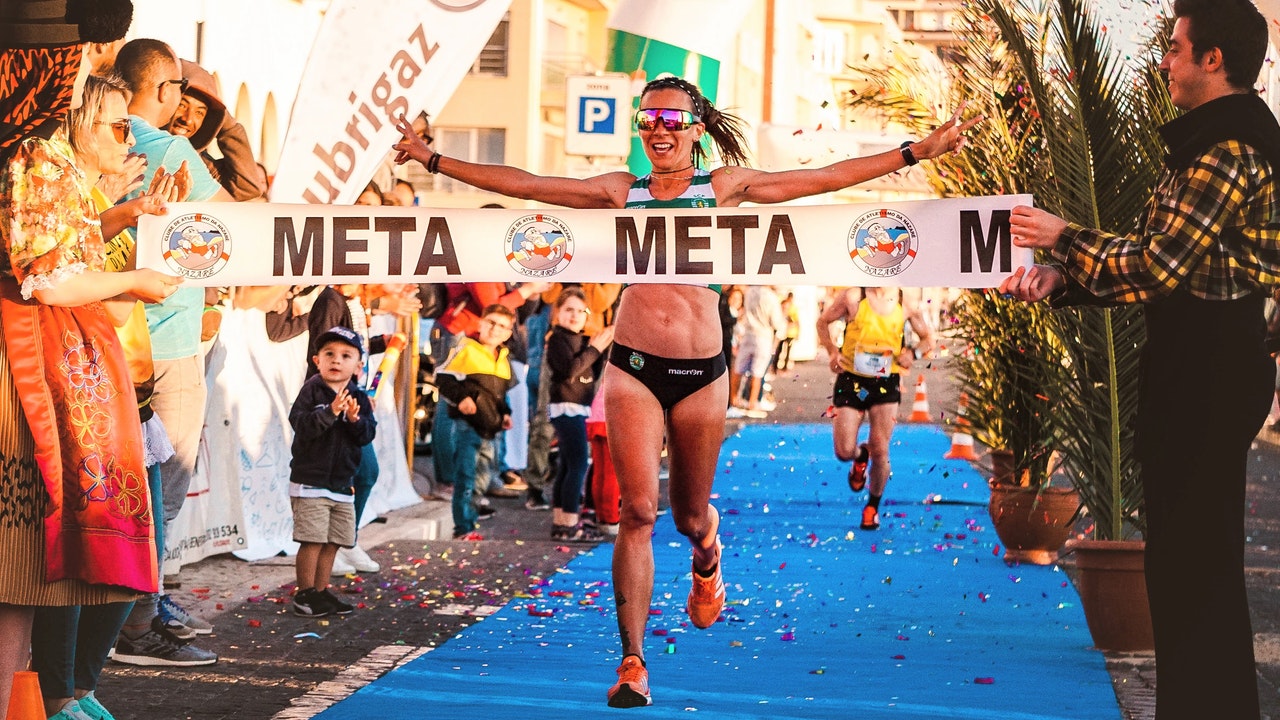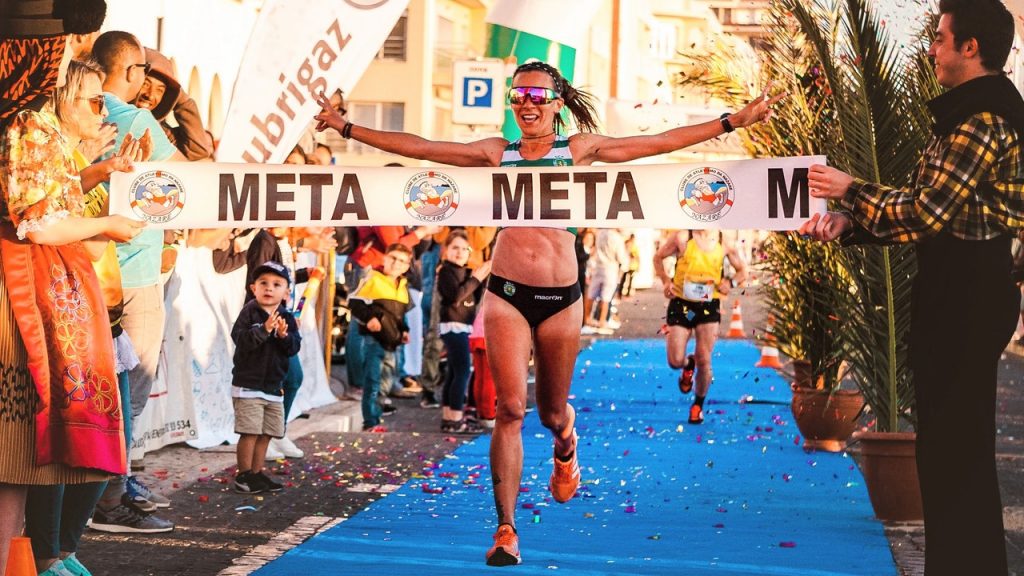
Race to where?

As things get going again, it seems that some of the basics of marketing are getting tossed aside for Arnold Schwarzenegger and his famous “Oozy nine-millimetre” approach. Or being politely put, the scattergun hitting as many as possible with as much low impact marketing collateral.
Everyone likes being treated as an individual, personable, being given time, the basic respect of being treated as a human. So why in the rush to get going again are so many making the mistake of misfiring the marketing gun?
Just some examples being:
• YouTube zoom video links via WhatsApp, so why would I give up my time, when you haven’t got to know me? Conversational basics would identify whether I am prime for your product or not.
• Email invitations, to an event which I haven’t yet justified whether it’s for me. A prime case of jumping the gun.
• Illicit harvesting of data through Linkedin profiles from prolific business networkers and bombarding inboxes with un-requested “I’m wonderful, I’m doing these seminars which you should attend”
In the examples above, understanding the customer journey is key. Hoping to speed up the process by jumping stages, actually sets these individuals back to a negative point on the journey before commencing under normal circumstances. Ultimate end-user perception of these products/services is key. The advent of digital media in the customer journey has increased the number of touchpoints in the conversion process from prospect to customer. The key is looking at the longevity of the touchpoint. Digital media is notoriously renowned for having a short lifespan, such as Facebook or LinkedIn people struggle to remember what they saw the previous day. Email marketing only works once the originator has gained trust from the recipient, especially as it is the original spoof electronic scam platform, we all remember Princes from Nigeria claiming they needed release money. So the perception of email marketing has an interesting positioning in the mix.
So how do you overcome it?
There’s the challenge, originality, creativity and timing are all at play in making an awesome campaign, which smartly tied elements come together, not to act as a barrage of content, but a carefully crafted progression of building trust.
Old school marketing talks about the marketing mix, a toolbox of touchpoints that enable the prospect to build trust through carefully crafted discovery. (Or omnichannel campaign) This relies on you knowing your customers and most significantly their traits and personality, or their customer persona.
In building an omnichannel campaign, progression is key. Understanding how prospects need to relate to your offering is at the heart of building progressively connected touchpoints on your customer journey.
So how does a mixture of touchpoints work?
Marketing is educating your customer about your product or service. Educators work on people learning on Visual Auditory Kinesthetic basis. You need to ensure that the mixture of touchpoints use all of the three learning receptors to ensure you capture every potential opportunity. So a solely digital platform-based campaign will only feed the visual and auditory receptors. Adding physical marketing like print helps you to enable another touchpoint feeding the Kinesthetic engagement with your prospects.
So utilising a printed piece with a sure-fired call for action to engage onto a digital platform can provide progression. This is getting so much smarter with the advent of clever digital back ends. Using managed short links allow you to build a profile of recipients through the use of Personalised URLs underneath QR codes, which is great for 1-1 print mailers. This can allow for the recording of future actions in the journey by utilising a CRM system to record engagements. A good CRM can be set to trigger further physical print engagement, which aids the customer journey towards a successful closure of a sale.
So back to the race, progression is building trust. The underlying principle of “know, like, trust” is at the heart of the customer journey. Somethings you can’t rush, it’s subject to the product or service, yes a low-value product will have a shorter journey, however, one with a higher entry point will need a bespoke approach.
The innovators are the ones doing some disruptive marketing coming out of the pandemic. Disruptive, innovative, different whatever you call it, is challenging the norm. With so much digital communications used during the pandemic, there is a desire to cut through the noise which a saturated digital environment has created. Physical is the key to innovating in this space. Being tactile, challenging and surprising, Royal Mail Marketreach showcases some of the most outstanding pieces and data around the responses, which when used carefully can outperform just digital alone.
In an age where everything evolves so quickly, it is fair to say no one individual is an all-around expert. They don’t exist. The ability to listen and absorb is essential, equally when dovetailing elements together to form a true progressive mixed fulfilling media delivery of your product or service.
Here at HAD-Print, we have acknowledged this from the start. The buzz words of collaboration which seem to be on the rise post-pandemic, were already within our principles well before. So we happily work with strategists, digital providers, fixed media advertising to seamlessly work together.
Print is a valuable tool in the marketing mix, the limits are your imagination.





